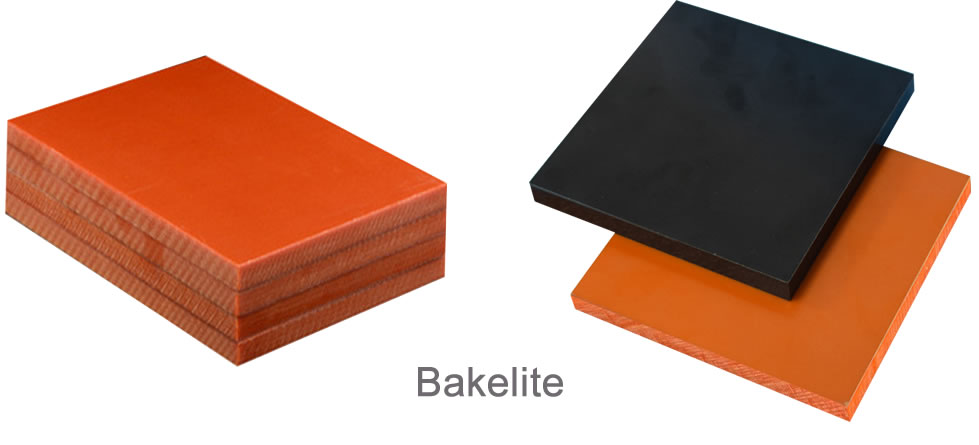Generally speaking, bakelite’s high temperature resistance ranges from 120℃ to 220℃, depending on factors such as material, thickness, and grade.
1. High temperature performance of bakelite
Bakelite sheet refers to an insulating material formed by special treatment of high-quality wood. The high temperature performance of bakelite depends on multiple factors such as its resin curing degree, adhesive type and content, and pressing process. Generally speaking, the high temperature resistance range of bakelite is from 120℃ to 220℃. Among them, the high temperature resistance range of B-grade bakelite is 155℃, and the high temperature resistance range of F-grade bakelite is from 155℃ to 220℃.
2. Factors affecting the high temperature performance of bakelite
1. Resin curing degree: bakelite with high resin curing degree can withstand higher high temperature environment.
2. Adhesive type and content: Some adhesives can improve the high temperature performance of bakelite.
3. Pressing process: bakelite with higher pressing temperature and pressure usually has better high temperature performance.
3. Application of bakelite in high temperature environment
Because bakelite has good high temperature resistance, it is widely used in high temperature environment. For example, in electrical equipment, bakelite can be used as insulating partitions, gaskets and other components to ensure the safe operation of equipment under high temperature conditions. In addition, in the field of electronics, bakelite is also often used to make circuit boards, brackets and other components in high temperature environments.
In short, bakelite, as an excellent insulating material, its high temperature resistance is of great significance in practical applications. By understanding the high temperature resistance range and influencing factors of bakelite, we can better select and use this material to meet the needs of different high temperature environments.


